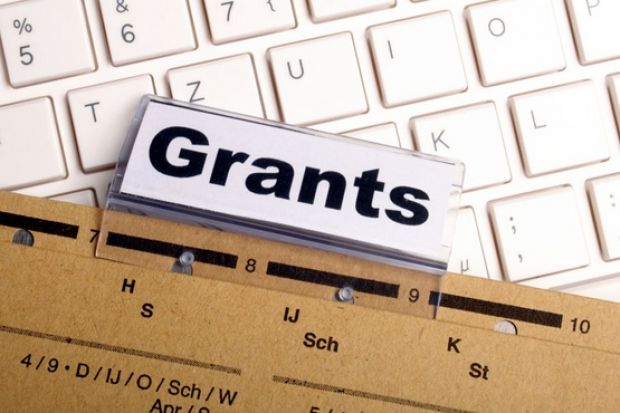Economic and Social Research Council
ESRC–RGC (Hong Kong) bilateral Award
- Award winner: Paul Morris
- Institution: Institute of Education
- Value: £70,563
Hong Kong as a source for education policy in England: rhetoric and reality
- Award winner: Odd Westad
- Institution: London School of Economics
- Value: £83,569
China, Hong Kong and the long 1970s in global perspective
- Award winner: Kate Cain
- Institution: Lancaster University
- Value: £78,384
Language-specific and language-general influences on reading comprehension development: comparisons between an alphabetic and morphographic script
Western Power Distribution (East Midlands) plc
- Award winner: Danielle Strickland
- Institution: Aston University
- Value: £383,690
Low Carbon Network Fund (FALCON Project)
European Commission
- Award winner: Helen Higson
- Institution: Aston University
- Value: £361,640
The development of innovative social practices of, and for, young people in cities across Europe to combat inequality
Royal Society
Leverhulme Trust Senior Research Fellowships
The scheme is designed for scientists who would benefit from a period of full-time research without teaching and administrative duties. Employing institutions received reimbursement with full salary cost of a teaching replacement. Fellowships cover all areas of the life and physical sciences, including engineering but excluding clinical medicine.
- Award winner: Desmond Higham
- Institution: University of Strathclyde
Evolving networks: data to knowledge
- Award winner: Wolfgang Langbein
- Institution: Cardiff University
Coherent non-linear micro-spectroscopy of quantum systems and living matter
- Award winner: Margaret MacLean
- Institution: University of Glasgow
Serotonin and oestrogen in pulmonary arterial hypertension
National Institute for Health Research
Health Technology Assessment Programme
- Award winner: Susan Baxter
- Institution: University of Sheffield
- Value: £138,080
Non-pharmacological treatments for stuttering in children and adults: a systematic review of effectiveness, and exploration of barriers to successful outcomes
In detail

Efficacy and Mechanism Evaluation Programme
Award winner: David Miller
Institution: University of Leeds
Value: £1,373,336
HABSelect: hyaluronic acid binding sperm selection
In many cases of male infertility, the man’s sperm are present but for mostly unknown reasons they are unable to reach and fertilise his partner’s egg. Intra-cytoplasmic sperm injection (ICSI) – a process whereby the sperm is injected directly into the egg – is successful in achieving fertilisation, but less than a quarter of all resulting embryos, once transferred into the womb, will develop normally. We are still not very good at choosing the best sperm for ICSI. A recently developed method selects sperm by their ability to stick to a naturally occurring substance, hyaluronan, normally found close to the surface of the egg. This research aims to introduce the method into UK clinics to show that it can improve success rates for couples, and to find out more about what makes “sticky” sperm different. It is possible that making simple changes in the way sperm are chosen will improve the chances of achieving pregnancy.
